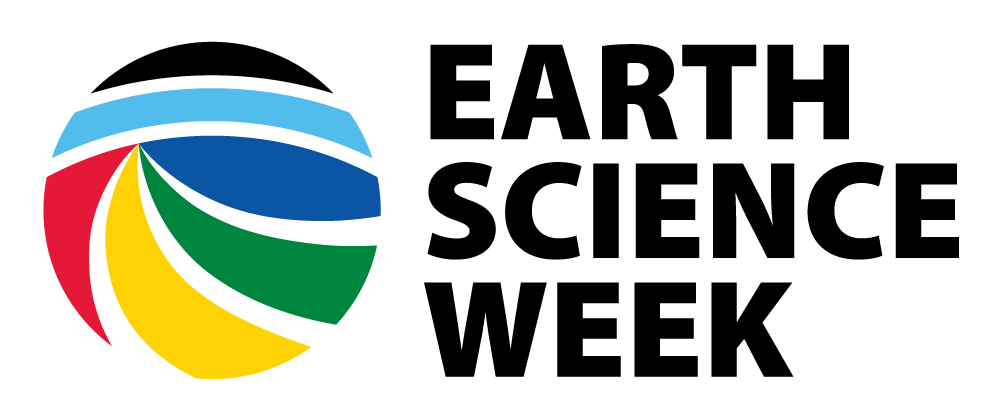Rock Art in the National Parks Activity Source: Views of the National Parks, National Park Service. Adapted with permission.
Human beings have been linked to earth materials since prehistoric times. They used caves for shelter, shaped rocks into stone implements, and later refined metals to make tools. Beyond practical purposes, Earth materials also were used to make pigments for paint. Rock walls became canvases where ancient artists expressed themselves. In this exercise, we will explore the link between Earth materials and art.
[Read More]
Rock Pop
Rock Pop Activity Source: Geological Society of America. Adapted with permission.
How can a cave form from solid rock? Most caves are found in limestone, a rock made of materials of calcium carbonate. This rock is unusual because the solid minerals it is made of easily dissolve in weak acids. The most common weak acid in the environment is actually water!
This acid forms when carbon dioxide in the atmosphere dissolves in the rain water to form carbonic acid.
[Read More]
Seismic Mapping
Seismic Mapping Activity Source: The Society of Petroleum Engineers. Adapted with permission.
Scientists use seismic technology to map patterns of rock formations below the surface of the Earth. Different types of rocks affect sound waves. Geologists use these sound waves to locate rocks that may contain oil and/or natural gas.
You can explore this principle with a tuning fork and various rocks. Gently strike a fork against the rocks. Note variations in sounds produced by different rocks.
[Read More]
ShakeAlert Earthquake Early Warning
ShakeAlert Earthquake Early Warning Activity Source: U.S. Geological Survey, Adapted with permission.
Have you ever felt an earthquake? What was it like? Where were you? What did you do? More than 143 million people are exposed to potentially damaging shaking in the United States.
When an earthquake happens, seismic waves travel outward in all directions. Primary (P) waves travel faster than secondary (S) waves, which do most damage. But electronic information can be sent faster than P and S waves.
[Read More]
Shoebox Geologist
Shoebox Geologist Activity Source: Adapted with permission by National Park Service.
Earth processes such as volcanic eruptions, floods, landslides, and glaciers leave behind evidence of their passing in the form of layers known as deposits . By studying deposits of recent geologic events, geologists are able to better understand older deposits and identify the processes that caused them.
A fundamental principle of geology is the Law of Superposition, which states that younger layers will be deposited on top of older layers.
[Read More]
Sinkholes in a Cup
Sinkholes in a Cup Activity Source: Adapted from Project Underground, A Natural Resource Education Guide
Background Sinkholes are natural depressions in the land caused when limestone and soils dissolve. They form when groundwater removes rock underground. They can form by slow gradual sinking or by sudden collapse of an underlying hole.
Sinkholes are common in about one quarter of the U.S. You can usually identify them as circular or oval low spots in fields that may gather standing water after rains.
[Read More]
Soil Color and Redox Chemistry
Soil Color and Redox Chemistry Activity Source: Soil Science Society of America. Adapted with permission.
Are soils like M&Ms™? Yes! Typical soil colors are red, brown, yellow, or black. These colors are often not the color of the minerals in the soil but coatings of iron oxides (Fe203, FeOOH, and so on) or organic matter on particles. The minerals beneath are often quartz or feldspar, which are grey.
To see how coating affects soil color, consider red M&Ms™.
[Read More]
Soil's Role in Carbon Sequestration
Soil’s Role in Carbon Sequestration The map, “Earth’s Biomes,” shows the locations of 18 types of biomes and their distribution around the world. Compare the map to the Soil Orders on the front of the Geologic Map Day Poster and the Carbon Sequestration Map on the back of the 2022 Geologic Map Day poster. Earth’s Biomes
Credit: Creative Commons, Ville Koistinen, Full-size version available at: https://upload.wikimedia.org/wikipedia/commons/e/e4/Vegetation.png
a. What trends do you notice about the biomes that match up with soils capable of carbon sequestration?
[Read More]
Take the Pulse of Your Classroom
Take the Pulse of Your Classroom Activity Source: Incorporated Research Institutions for Seismology (IRIS) and Suitable Systems
Background Elastic waves that move through the Earth are called seismic waves. Want to study them more closely? SeisMac is a free application that displays the output from the Sudden Motion Sensor in recent Mac laptops as a real-time, three-axis, acceleration graph, or, more commonly, a seismogram.
Once your class has received some instruction on seismic waves, the following activity can leverage SeisMac technology to help students understand how a seismometer records ground motions.
[Read More]
Temperature and Precipitation Connections
Temperature and Precipitation Connections Activity Source: Adapted with permission by National Oceanic and Atmospheric Administration.
No matter where we are on Earth, we can observe changes in vegetation. Some changes are drastic, such as going from dormant to full growth during a temperate winter.
Vegetative growth is dependent on both surface temperature (which influences soil temperature) and precipitation (which influences soil moisture). Together these environmental variables help determine the beginning, duration, and end of the growing season; the latter marked by leaf senescence, when leaves of deciduous trees die and turn colors.
[Read More]
